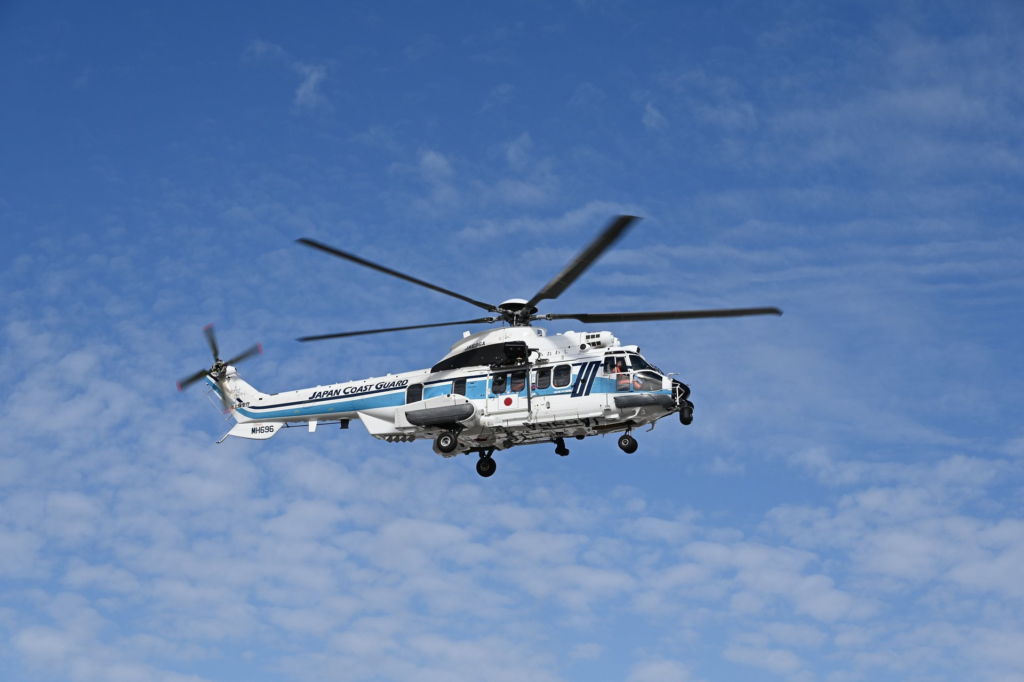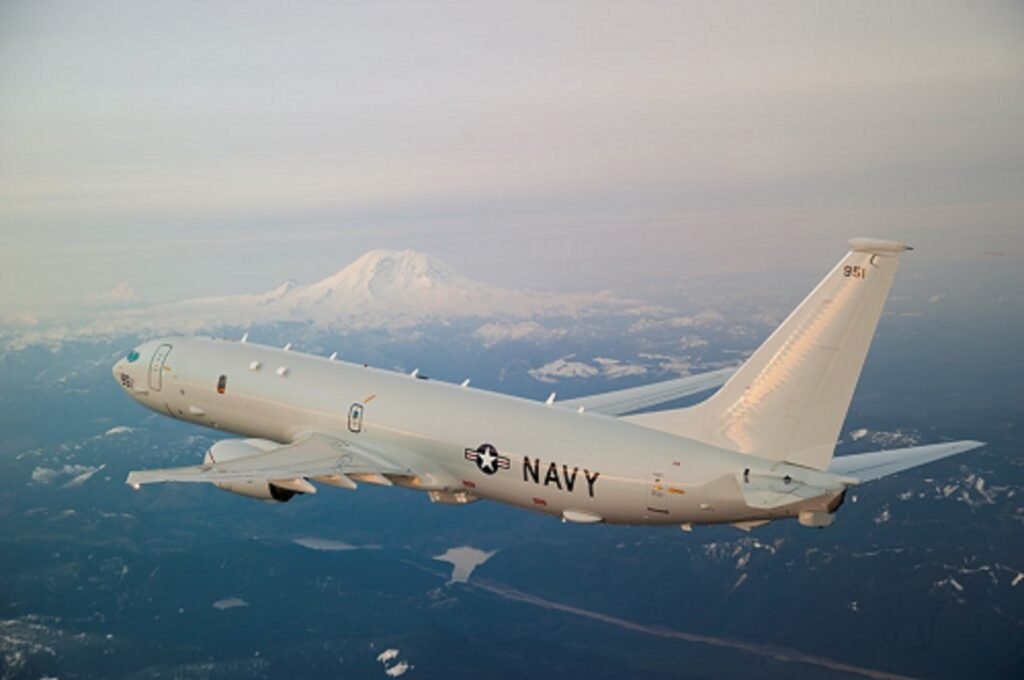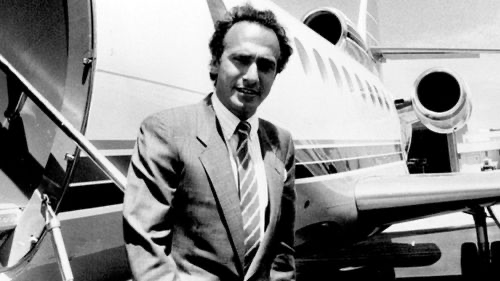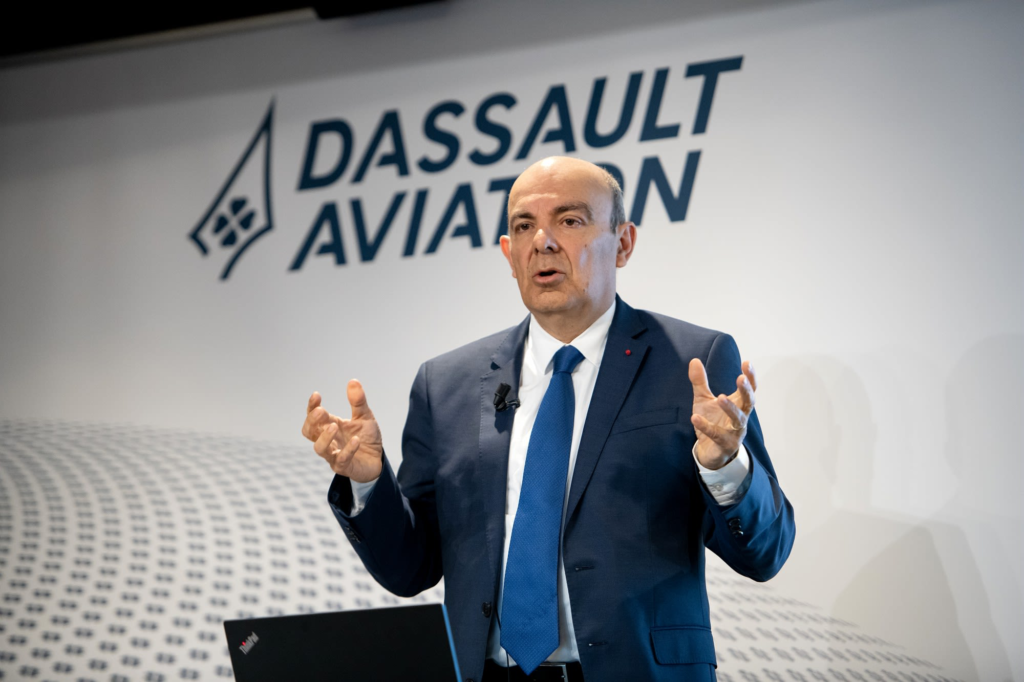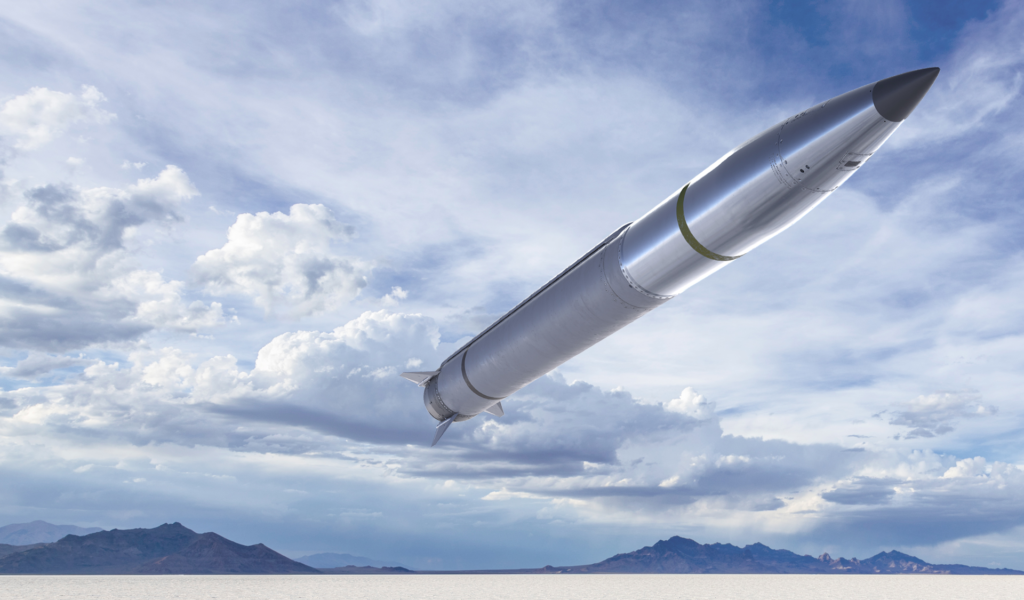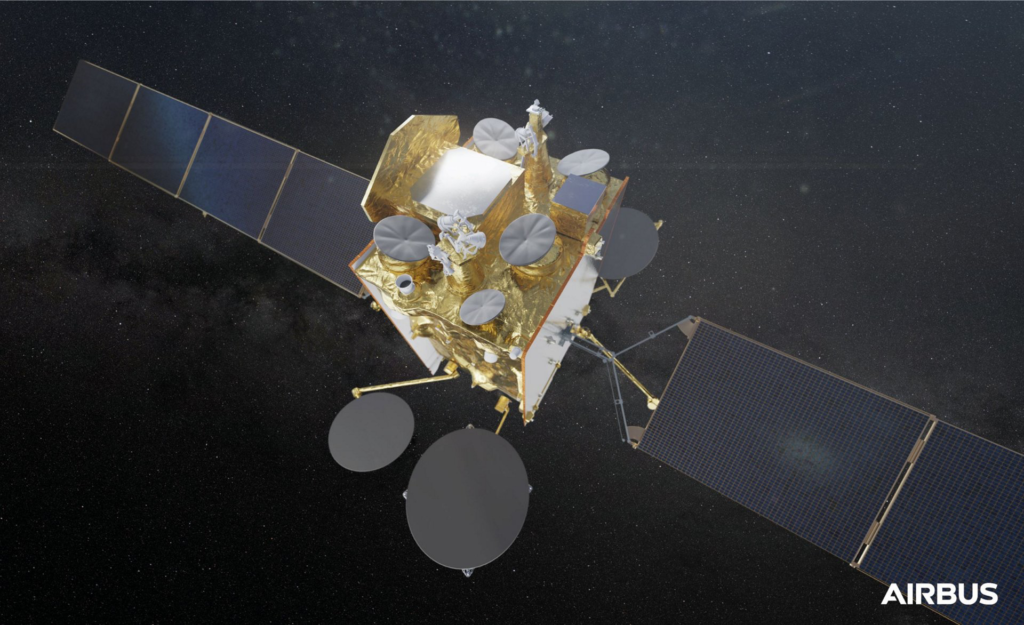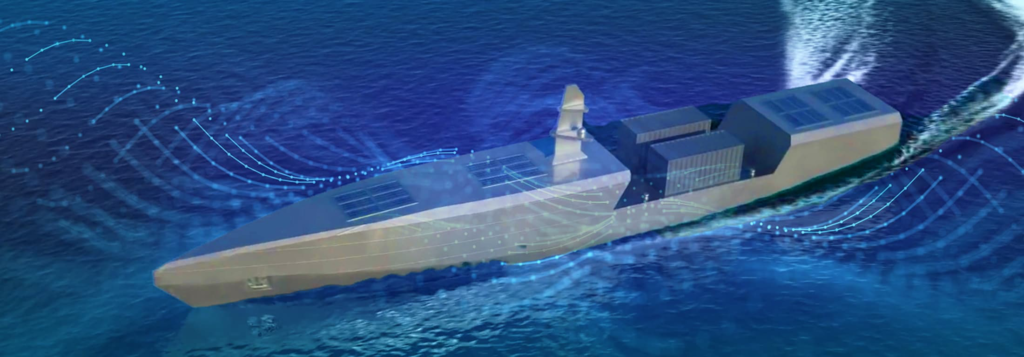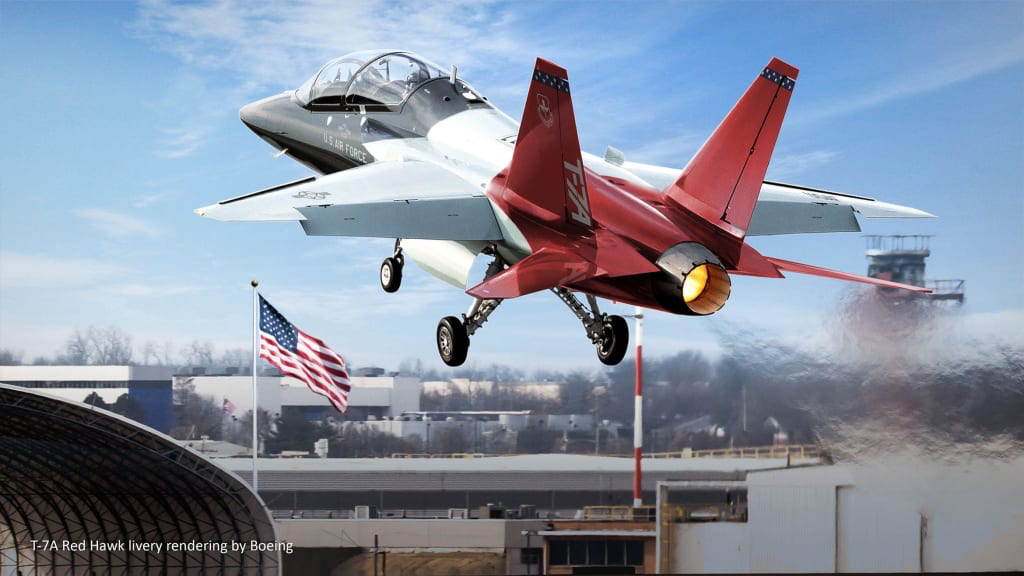Japan Coast Guard and Singapore Add Airbus H225 Helicopters
Japan Coast Guard (JCG) will expand its fleet with two new Airbus (OTC: EADSY) H225 helicopters, taking its total Super Puma fleet up to 17, comprising two AS332s and 15 H225s. The largest Super Puma…
